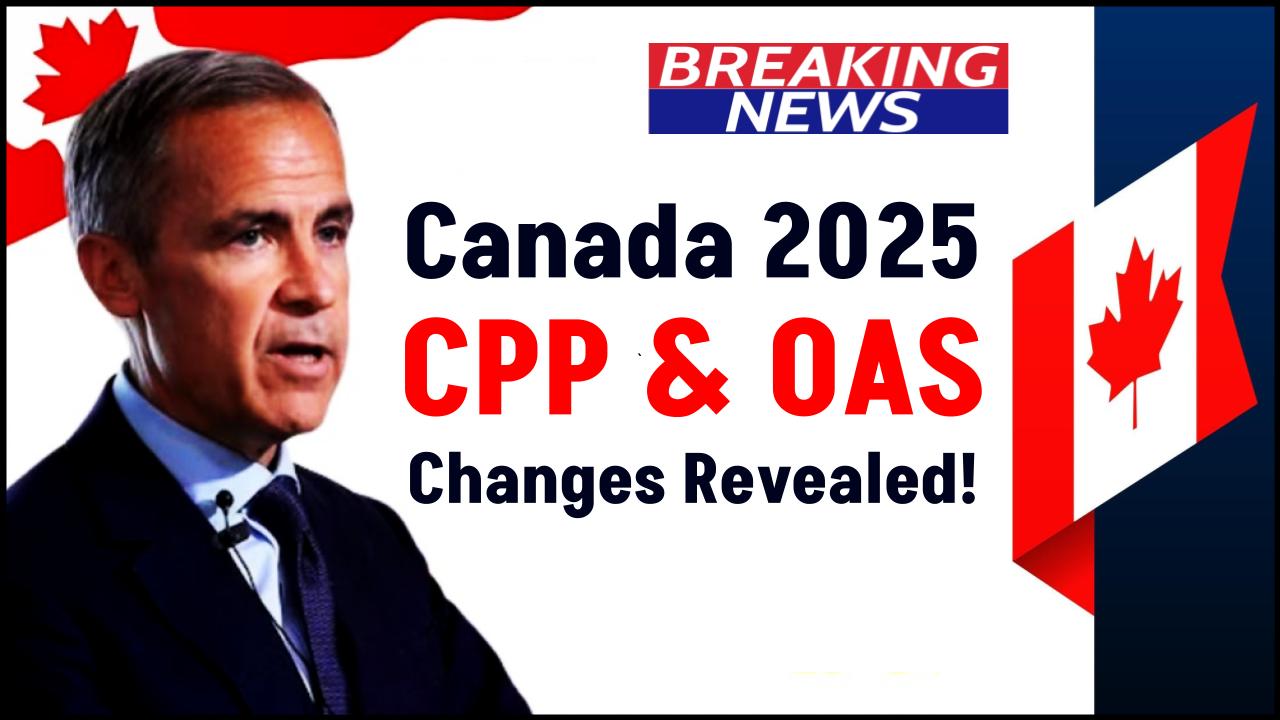Foreign Investors: Foreign investors have poured over ₹14,000 crore into Indian equities in May 2025, signaling a significant turnaround from earlier outflows and reflecting renewed confidence in India’s financial markets. This surge comes amid shifting global economic dynamics, improving domestic fundamentals, and promising trade deals that have collectively made India an attractive destination for foreign capital.

Foreign Investors Pump ₹14,000 Crore Into Indian Stocks
| Factor | Impact | Supporting Data |
|---|---|---|
| Strong GDP Growth | Positive investor sentiment | Projected 6.5% GDP growth in 2025 (Economic Times) |
| Favorable Global Conditions | Increased capital inflows | Weakening U.S. dollar and slowing Western economies (Reuters) |
| Stabilizing Geopolitical Tensions | Reduced risk perception | Ceasefire with Pakistan easing concerns (Reuters) |
| Sectoral Shifts | Focus on financial sector | ₹23,000 crore inflow in financials in late April (Economic Times) |
| International Trade Deals | Boost to export-driven sectors | New UK-India trade agreement, U.S. talks ongoing (Economic Times) |
The recent infusion of ₹14,000 crore by foreign investors into Indian equities highlights the country’s growing economic appeal. With strong economic fundamentals, favorable global dynamics, and promising trade agreements, India stands as a compelling destination for international capital in 2025.
Understanding the Surge
1. Robust Domestic Economic Fundamentals
India’s economy is projected to grow by 6.5% in 2025, driven by resilient domestic demand, strong manufacturing output, and a rapidly expanding services sector. This solid economic base, combined with low inflation and stable interest rates, has created a conducive environment for foreign investments. Furthermore, corporate earnings have consistently outperformed expectations, particularly in the financial and tech sectors, providing further confidence to global investors. (Economic Times)
2. Favorable Global Economic Conditions
With economic growth slowing in the U.S. and China, and a weakening U.S. dollar, investors are increasingly turning to emerging markets like India for higher returns. These factors make Indian equities relatively more attractive, providing a hedge against the volatility in Western markets. (New Kerala)
3. Stabilizing Geopolitical Tensions
While India has faced heightened tensions with Pakistan in recent months, a ceasefire agreement has significantly reduced the risk of further escalation. This stability has reassured global investors, reducing the perceived geopolitical risk associated with Indian assets. (Reuters)
4. Sectoral Investment Shifts
Foreign Institutional Investors (FIIs) have shown a marked preference for Indian financial stocks, with ₹23,000 crore invested in this sector in the latter half of April alone, accounting for nearly 60% of total equity inflows. This focus reflects a strategic shift toward sectors with robust growth potential and stable returns. (Economic Times)
5. Progress in International Trade Agreements
India’s recent trade agreement with the UK eliminates tariffs on 99% of Indian exports to the UK, significantly boosting export-driven industries. Additionally, ongoing negotiations with the U.S. for a similar agreement further enhance India’s trade prospects, making it a more attractive destination for foreign capital. (Economic Times)
FAQs on Foreign Investors
1. Why are foreign investors choosing India in 2025?
Foreign investors are attracted by India’s strong GDP growth, favorable global conditions, and strategic trade agreements.
2. Which sectors are attracting the most FII inflows?
The financial sector has been a significant beneficiary, receiving ₹23,000 crore in late April alone.
3. How does geopolitical stability impact foreign investment?
Stability reduces perceived risk, encouraging more significant capital inflows into the stock market.





